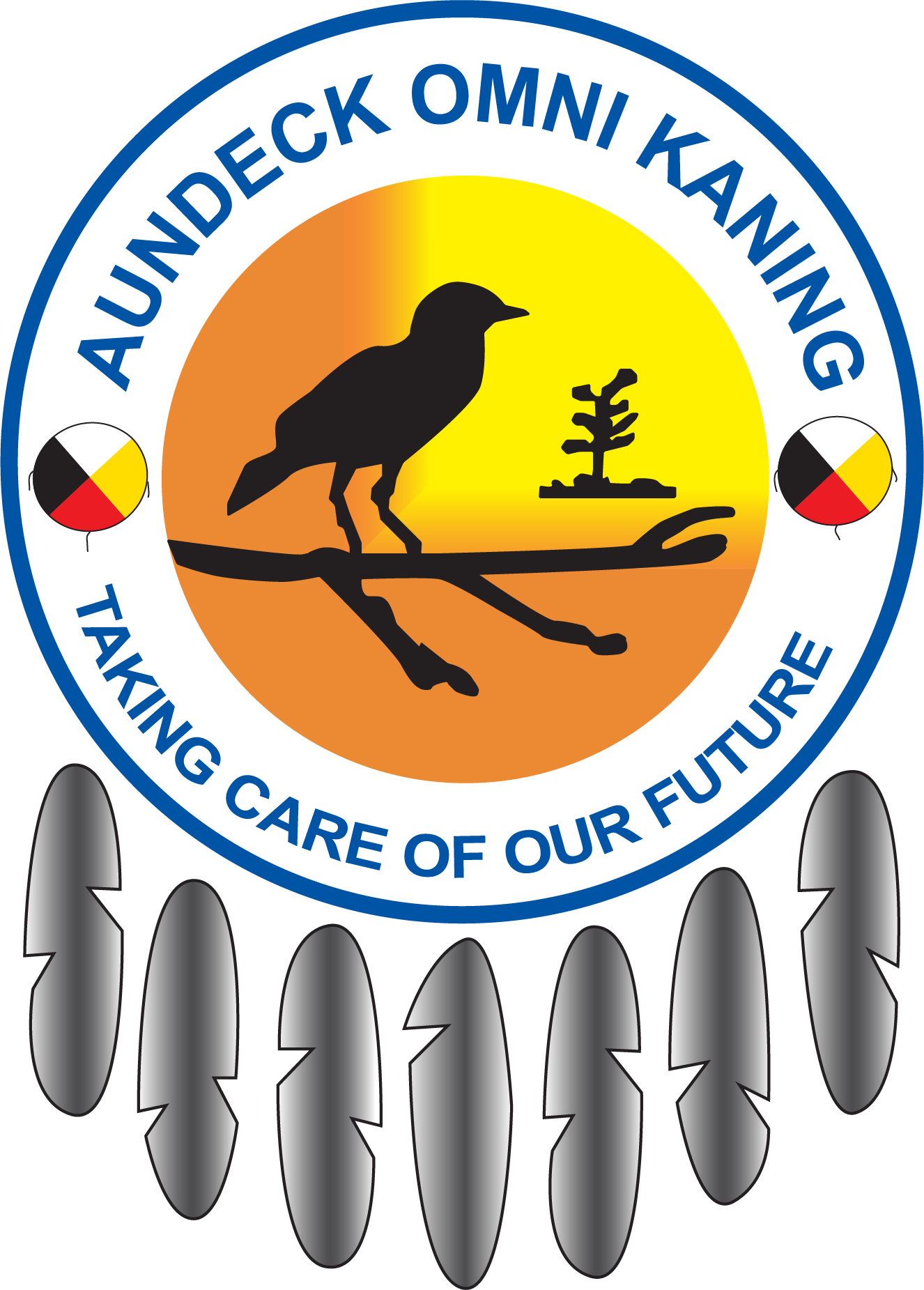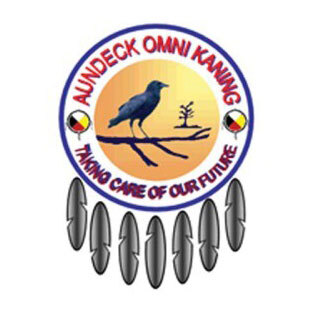
RHTLF Update #2 -Legal Fees Case
A $10-billion dollar settlement to compensate for breaches of the Robinson Huron Treaty was “phenomenal, and maybe beyond anybody’s wildest expectation,” the judge conducting a review of legal fees for the litigation commented on Wednesday.
On several occasions on the second day of fee review, Ontario Superior Court Justice Fred Myers marvelled at the magnitude of the settlement. “I think this was a very creative piece of litigation,” he said. “As a former lawyer, I couldn’t have done it.”
He noted that the remarkable settlement is the very cause of the dilemma he is faced with – deciding whether the contingency fee made by the legal team for a group of 21 Anishnaabe First Nations is exorbitant, or whether it reflects legitimate risks and a massive effort that went into the case.
“Isn’t that the problem?” Judge Myers asked. He stressed that while the issues raised by the review are significant and, at times, troubling, he has not yet reached any conclusions.
The fee review came about after two of the First Nations in the group – Atikameksheng Anishnawbek and Garden River First Nation balked at the $510-million contingency fee. They maintain that Chiefs and Trustees of the Robinson Huron Litigation Fund – RHTLF, were naive about the arrangement when they agreed to it, and that they foolishly refused to obtain independent legal advice. They have asked to have the fee drastically reduced.
The key for Judge Myers is to decide whether the contingency fee was “fair and reasonable.” To do so, he has heard evidence about the time spent on the litigation, its complexity and results, and whether the clients fully understood the circumstances they were agreeing to.
Counsel for the legal team and the RHTLF vigorously defended the fee as reflecting an immensely complicated task that ultimately consumed 65,065 hours of legal work over a 17-year period.
Lawyer Dan Goudge said the team faced “constant risks” by wading into previously untested areas of law and persuading the courts to accept the validity of Anishinaabe law and cultural traditions. All the while, Mr. Goudge said, the team was labouring to hold together a group of First Nations who had divergent viewpoints and intentions. At any time, he said, newly elected members of the RHTLF could have thrown a wrench into this delicate dynamic.
Mr. Goudge’s colleague, Brian Gover, noted that the legal team was chosen from amongst seven law firms who competed for the job. Each was carefully assessed by the RHTLF for their experience, expertise in Indigenous law, and their ability to interact with members of the community.
“They took a rigorous approach to ensure they got what they wanted,” he said. To suggest otherwise, Mr. Gover said, is to seize upon an historical “trope” in which Indigenous people are incapable of deciding what is in their best interests without the aid of outsiders.
Members of the legal team spent years delving into the Archives of Canada for historical records that could flesh out the context in which the Robinson Huron Treaty came into being. Mr. Goudge said that they also searched far and wide for expert witnesses and interviewed numerous community members who had received oral accounts from their ancestors.
The case ultimately went all the way to the Supreme Court of Canada, where a unanimous decision asserted that the litigants had been cheated by the Ontario and Federal governments of annuities owed them for the exploitation of natural resources on their lands.
The Supreme Court’s recognition of Anishinaabe legal principles and cultural traditions was precedent-setting, Mr. Goudge said. So too, is future compensation in the form of augmented annuities, something that is yet to be negotiated. These payments will be significant, unlike the $4.00 pittance that is currently paid by the Crown to annuitants.
Lawyer Geri Angelova, who also represents the legal team, told Judge Myers that the team was in constant communication with the RHTLF. It approved every expense and frequently discussed legal tactics and how ongoing negotiations to settle the litigation were going.
“They were on the deck of the legal battleship,” Ms. Angelova said. She added that a decision by the legal team to donate half of its rightful fee – $255-million – to their First Nations clients resonated strongly with their values and principles.
For a people who had endured centuries of oppression by colonial government, she said, the litigation was “an existential battle” that restored their long-lost sense of independence and control over their communities.
Peter Wardle, a lawyer for the RHTLF adamantly denied that the RHTLF ever felt pressured into agreeing to a contingency fee they did not understand or felt was unacceptably high.
In fact, Mr. Wardle said, the trustees repeatedly bargained the legal team down from the higher contingency percentage they were seeking.
“There is not enough evidence to indicate that anybody was being pressured or that a gun was being held to their head,” Mr. Wardle said. “There is no evidence they were being bullied or strong-armed into a final deal. It just wasn’t that kind of negotiation.”
The hearing resumes Friday, October 3, 2025. Judge Myers is expected to take several weeks or months to render his decision.
RHTLF Communications


